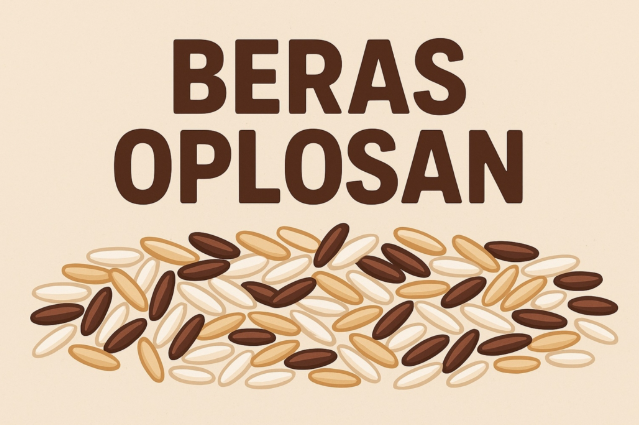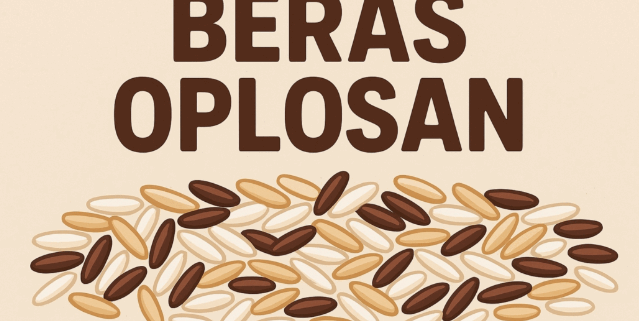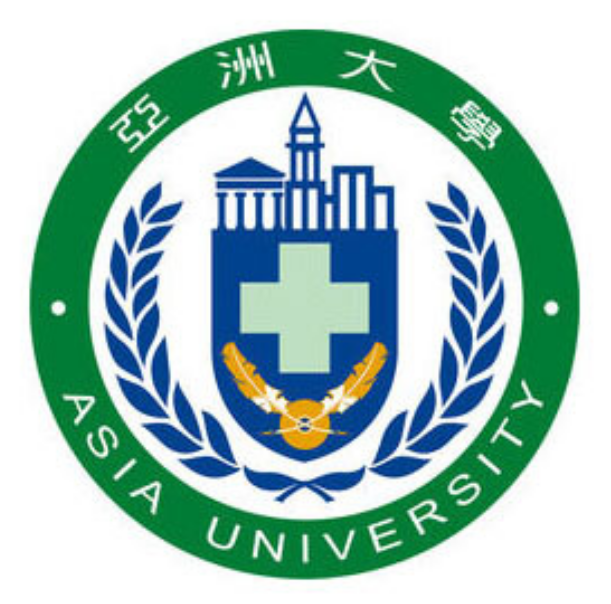The Impact of Adulterated Rice, Nutritional Deficiencies, and Health Issues
Adulterated rice has been circulating widely among Indonesians lately. It’s not just a matter of fraud in trade; if consumed, adulterated rice can have consequences ranging from reduced nutritional value to health problems.
“In addition to the direct health risks from chemicals, consuming mixed and manipulated rice also has nutritional implications that need to be addressed,” said Faurina Risca Fauzia, a Nutrition Lecturer at ‘Aisyiyah University (Unisa) in Yogyakarta, on Monday (August 4, 2025).
Faurina stated that mixing premium rice with low-quality rice can significantly reduce the nutritional value of the rice consumed, such as decreasing the content of important vitamin B1. “Although these effects may not cause immediate fatal consequences, regular long-term consumption can lead to cumulative nutritional deficiencies that harm public health,” said Faurina.
Furthermore, consumption of low-quality or adulterated food products can increase the risk of chronic health problems. Studies show that food adulteration/mixing can contribute to increased blood sugar levels in consumers, which can potentially lead to diabetes, weight gain in the abdominal area, obesity, and increased blood lipid levels that can trigger high blood pressure. The practice of adulteration/mixing essentially alters the natural properties of food, thereby exacerbating the health risks that may already exist from consuming low-quality food or junk food.
Faurina said that various scientific studies confirm the understanding of the dangers of contamination in rice, whether intentional or natural. Prolonged exposure to harmful substances in adulterated rice can cause the accumulation of chemical compounds in the body. “This accumulation will burden the detoxification system of vital organs such as the liver and kidneys, which in turn can cause permanent damage to these organs,” she said.
Faurina explained that one of the most significant natural contaminants in rice is arsenic. Rice (Oryza sativa L.) has an extraordinary ability to accumulate arsenic, with concentrations that can be ten times higher than other cereals such as wheat. This is exacerbated by the way rice is grown, which is generally submerged in water, which supports the solubility of arsenic in the soil and its absorption into plants. Inorganic arsenic, the more toxic form, can enter rice through silicon transporters that accidentally carry arsenite. As a result, rice is a major source of dietary arsenic exposure, especially for populations that consume large amounts of rice.
“Arsenic exposure, even at low levels, can cause nausea, vomiting, diarrhea, irregular heartbeat, and blood vessel damage. At high levels and with long-term exposure, this substance can increase the risk of arsenic poisoning, type 2 diabetes, hypertension, skin disorders, nerve damage, heart disease, and various types of cancer such as skin, lung, and bladder cancer,” said Faurina.
How to recognize adulterated rice
Faurina said that people can detect whether rice is adulterated or not. First, consumers can start by understanding the visual signs, smell, texture, and taste. From its visual characteristics, it can be identified by its uneven or overly striking color.
“Adulterated rice often shows uneven color, where bright white grains are mixed with dull or yellowish ones. Some adulterated rice also looks too white and shiny, resembling plastic. Real rice generally has a natural white color and is not too shiny,” explained Faurina.
The second thing that can be seen visually is the varying size of the grains. Adulterated rice grains are often uneven, mixing long and short or large and small grains in one package. Genuine rice tends to be uniform in size and plump in shape with natural grooves on its surface. Fake or synthetic rice, on the other hand, appears slimmer, smooth without grooves, and clear.
“Then, the presence of foreign objects when washed. If plastic flakes, white powder, or other unusual particles appear when washing the rice, this should be suspected as an indication of adulterated or fake rice,” said Faurina.
In addition to visual signs, adulterated rice can also be recognized by its smell or aroma. The first thing to be suspicious of is a suspicious smell. “Adulterated rice may emit a musty smell, a chemical smell, a pungent smell like burnt plastic, or even no smell at all. Real rice generally has a neutral, slightly fragrant, or soft pandan aroma,” said Faurina.
Adulterated or genuine rice can also be identified by its texture when it is still raw. First, adulterated rice is often too smooth, slippery, and shiny like plastic when touched. Genuine rice has a surface that tends to be rough. Second, it is hard and not easily broken. If adulterated rice grains are pressed with a fingernail, they tend to feel hard and not easily broken. Good quality rice does not crumble easily when squeezed.
“Sticks to the hands. If the rice tends to stick to the palms when squeezed in a dry state, this could be an indication that the rice has been mixed with chemical lubricants,” said Faurina.
Real rice and blended rice can also be recognized after cooking. Rice made from blended rice can taste strange, be too soft, spoil quickly, or harden quickly and be difficult to digest after cooling (Unnatural Rice). Synthetic rice can also release water when cooked, rather than absorbing it like normal rice. Normal rice, made from genuine rice, will produce soft, fluffy, sweet, and easy-to-chew rice.
“To identify whether rice is adulterated or not, additional tests can also be performed. First, the water test: adulterated or fake rice tends to float when soaked in water, while real rice will sink because it has a higher specific gravity. The water used to soak real rice will turn cloudy and whitish, while the water used to soak fake rice will remain clear. Second, the burning test: fake rice made from plastic will melt or emit the smell of burning plastic when burned,” said Faurina.















